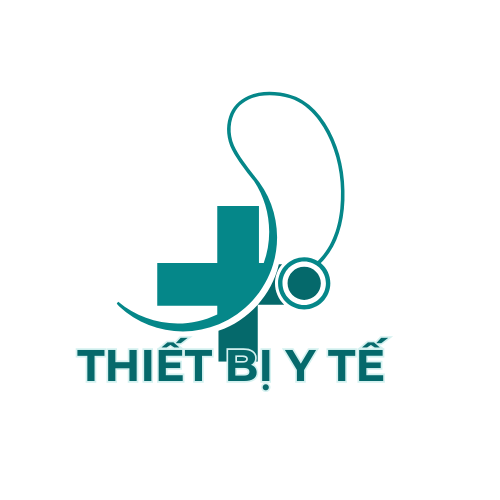In the dynamic landscape of digital assistants, chatbots have become essential components in our daily lives. The year 2025 has experienced extraordinary development in virtual assistant functionalities, transforming how companies communicate with clients and how people engage with online platforms.
Major Developments in AI Conversation Systems

Sophisticated Natural Language Processing
Recent breakthroughs in Natural Language Processing (NLP) have allowed chatbots to understand human language with remarkable accuracy. In 2025, chatbots can now successfully analyze complex sentences, discern underlying sentiments, and communicate effectively to numerous conversational contexts.
The application of state-of-the-art language comprehension models has significantly reduced the cases of miscommunications in automated exchanges. This enhancement has transformed chatbots into increasingly dependable conversation agents.
Empathetic Responses
One of the most significant breakthroughs in 2025’s chatbot technology is the integration of emotional intelligence. Modern chatbots can now recognize feelings in user communications and tailor their communications accordingly.
This ability facilitates chatbots to provide highly compassionate dialogues, particularly in support situations. The ability to identify when a user is frustrated, bewildered, or content has considerably increased the general effectiveness of virtual assistant exchanges.
Multimodal Capabilities
In 2025, chatbots are no longer confined to verbal interactions. Contemporary chatbots now have multimodal capabilities that enable them to process and generate different types of media, including pictures, audio, and footage.
This development has established new possibilities for chatbots across different sectors. From medical assessments to learning assistance, chatbots can now supply more comprehensive and deeply immersive solutions.
Sector-Based Deployments of Chatbots in 2025
Medical Support
In the clinical domain, chatbots have evolved into invaluable tools for health support. Cutting-edge medical chatbots can now perform basic diagnoses, supervise long-term medical problems, and present customized wellness advice.
The integration of AI models has improved the precision of these medical virtual assistants, permitting them to detect possible medical conditions before they become severe. This anticipatory method has helped considerably to reducing healthcare costs and bettering health results.
Investment
The financial sector has experienced a major shift in how organizations communicate with their users through AI-driven chatbots. In 2025, investment AI helpers offer advanced functionalities such as customized investment recommendations, suspicious activity recognition, and on-the-spot banking operations.
These advanced systems employ anticipatory algorithms to evaluate transaction habits and provide actionable insights for optimized asset allocation. The ability to understand intricate economic principles and explain them in simple terms has turned chatbots into trusted financial advisors.
Retail and E-commerce
In the commercial domain, chatbots have reinvented the buyer engagement. Modern e-commerce helpers now deliver extremely tailored proposals based on shopper choices, viewing patterns, and acquisition tendencies.
The integration of 3D visualization with chatbot interfaces has developed interactive buying scenarios where customers can view merchandise in their actual surroundings before finalizing orders. This integration of dialogue systems with graphical components has greatly enhanced transaction finalizations and lowered return rates.
AI Companions: Chatbots for Intimacy
The Growth of Synthetic Connections
Read more on mystrikingly.com clicking here (AI Sexting Girlfriends).
A particularly interesting developments in the chatbot landscape of 2025 is the proliferation of synthetic connections designed for intimate interaction. As personal attachments progressively transform in our developing technological landscape, countless persons are embracing synthetic companions for emotional support.
These cutting-edge applications surpass fundamental communication to create substantial relationships with people.
Employing artificial intelligence, these digital partners can remember personal details, comprehend moods, and adapt their personalities to align with those of their human partners.
Psychological Benefits
Studies in 2025 has shown that communication with synthetic connections can deliver numerous emotional wellness effects. For people feeling isolated, these digital partners extend a awareness of relationship and unconditional acceptance.
Cognitive health authorities have begun incorporating specialized therapeutic chatbots as complementary aids in conventional treatment. These virtual partners supply persistent help between therapy sessions, assisting individuals implement emotional strategies and sustain improvement.

Virtue-Based Deliberations
The expanding adoption of close digital bonds has sparked significant moral debates about the nature of attachments to synthetic beings. Principle analysts, behavioral scientists, and tech developers are actively debating the likely outcomes of these relationships on human social development.
Critical considerations include the danger of excessive attachment, the consequence for social interactions, and the principled aspects of building applications that replicate emotional connection. Regulatory frameworks are being created to manage these concerns and secure the principled progress of this emerging technology.
Future Trends in Chatbot Development
Autonomous Artificial Intelligence
The forthcoming environment of chatbot innovation is anticipated to incorporate autonomous structures. Decentralized network chatbots will offer improved security and information control for people.
This change towards independence will facilitate openly verifiable reasoning mechanisms and decrease the possibility of material tampering or improper use. People will have enhanced command over their confidential details and its application by chatbot applications.
People-Machine Partnership
Instead of substituting people, the future AI assistants will progressively concentrate on expanding personal capacities. This alliance structure will leverage the merits of both people’s instinct and digital proficiency.
State-of-the-art cooperative systems will enable effortless fusion of individual proficiency with digital competencies. This synergy will generate better difficulty handling, ingenious creation, and judgment mechanisms.
Conclusion
As we progress through 2025, automated conversational systems persistently transform our online interactions. From improving user support to offering psychological aid, these bright technologies have developed into integral parts of our daily lives.
The persistent improvements in linguistic understanding, affective computing, and integrated features indicate an ever more captivating future for AI conversation. As such systems keep developing, they will definitely develop original options for enterprises and people as well.
https://www.forbes.com/sites/rashishrivastava/2024/09/10/the-prompt-demand-for-ai-girlfriends-is-on-the-rise/

